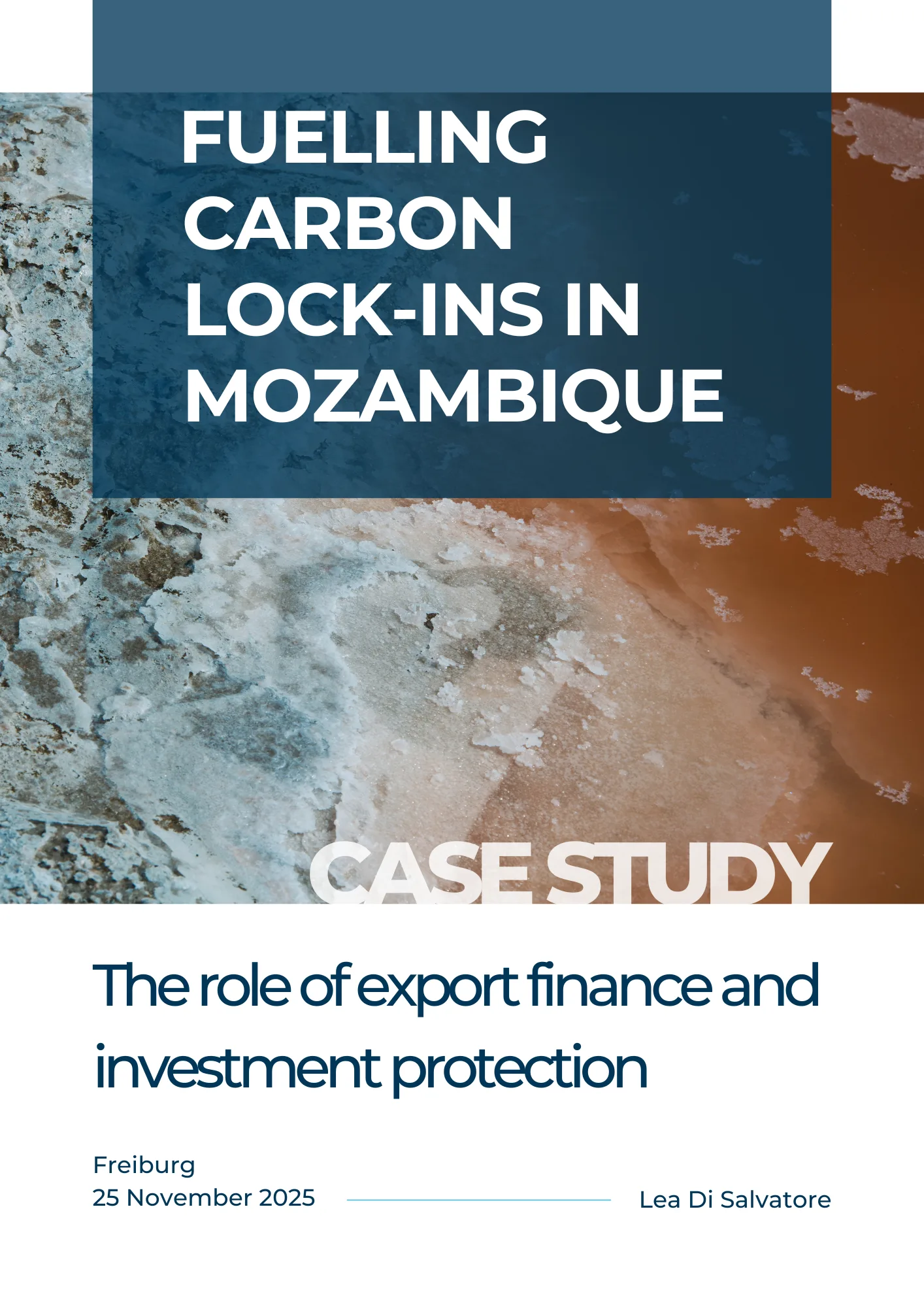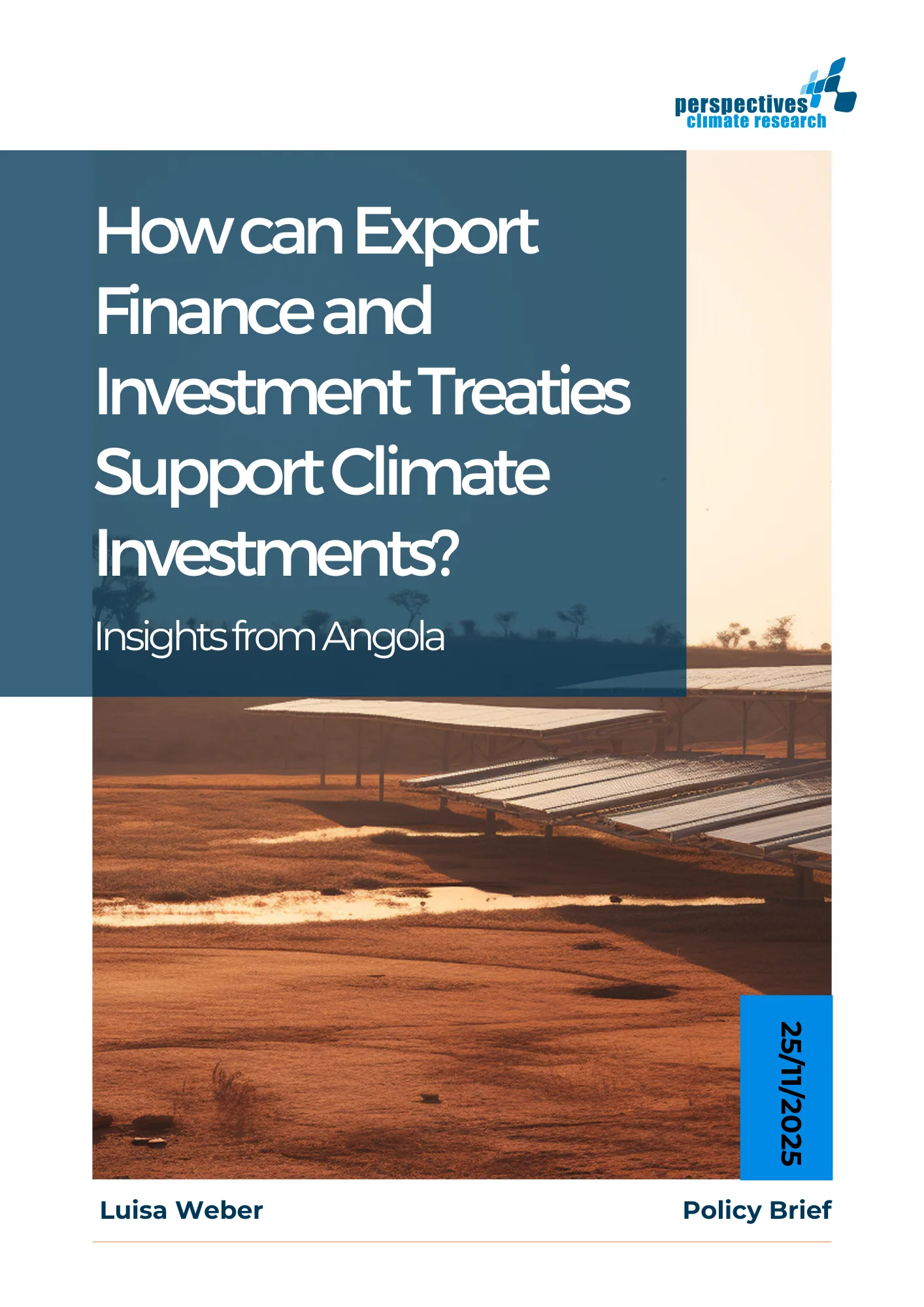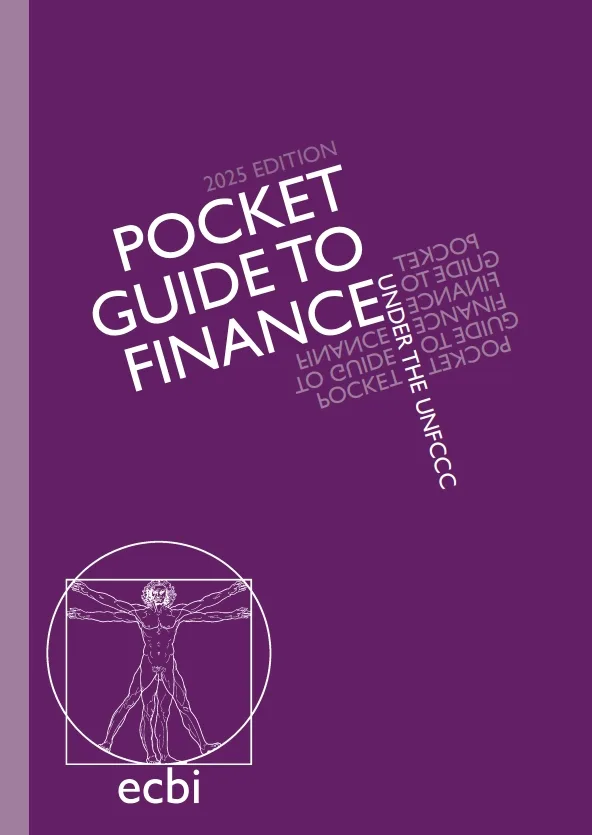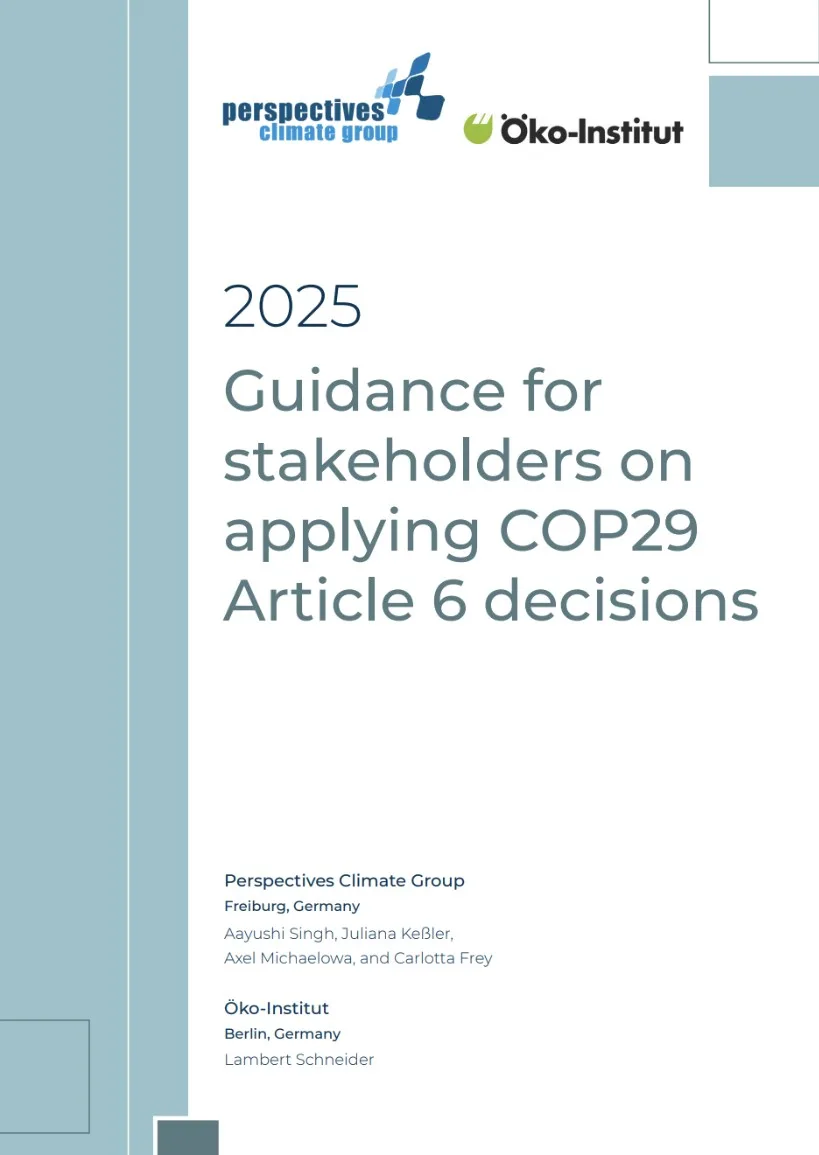Publications >>
Tracking greenhouse gas removals: Baseline and monitoring methodologies, additionality testing, and accounting
Publication Date: 04-2022
Limiting global warming to well below 2°C requires the full suite of mitigation activities. These efforts include drastically reducing greenhouse gas emissions as well as removing carbon dioxide already in the atmosphere. The latter is known as carbon dioxide removal (CDR). It is expected to contribute by lowering net-emissions in the near-term, achieving net-zero emissions in the medium term, and achieving overall net-negative emissions in the long term. The latest IPCC Assessment Report (AR6) highlights the need for research, development, piloting and upscaling of CDR activities through robust policy measures and markets.
Public policy instruments and private sector commitments can incentivize and support carbon removals. Alongside those efforts, we need to develop dedicated baseline as well as monitoring, reporting and verification (MRV) methodologies to track mitigation results credibly and reliably. This is true both in the context of carbon markets as well as results-based finance.
While there is widespread agreement on the importance of baseline- and MRV-methodologies for robust tracking of CDR results, actual methodology development has for most only started in recent years.
In this report, the authors give an overview of existing and planned CDR methodologies, offer specific proposals for refining and revising existing ones, overcoming gaps and problems in an efficient and yet environmentally robust manner.
The guiding objective of our work is to advance efforts for mitigating climate change in a consistent, transparent and environmentally sound manner. It is our belief that robust tracking is a prerequisite for the long-term credibility of carbon markets, as well as results-based financing, and policy instruments as a tool for efficient and effective climate action.






